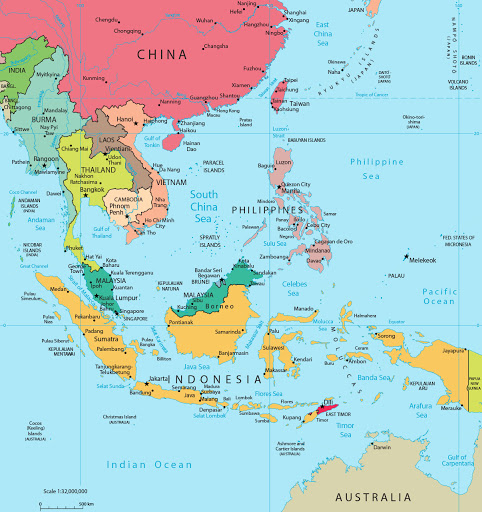Course Description
This course covers key issues affecting international retailing with consideration of the global consumer’s welfare. It provides the student with a comprehensive view of retailing and an application of marketing concepts in a practical retail managerial environment.
By taking this course, Yelissa knows how to do conduct throrouh research on countires that may be useful to conduct business.
Below is a summary of Yelissa’s term assignment:
Regional Analysis
For this assignment, students worked in groups to research a region of their choice and observe the relationship amongst the region and other countries of the world. This means taking note of countries culture and the way they live their lives, economic standing, and policies related to business.
Yelissa’s group chose Southeast Asia for their research paper. Southeast Asia consist of eleven countries: Brunei Darussalam, Cambodia, East Timor, Indonesia, Laos, Malaysia, Myanmar, Philippines, Singapore, Thailand, and Vietnam.

Most of Southeast Asia has a tropical climate and conduct business mostly in agriculture (rice in particular). Their second dominant industry is in textiles, although it is important to note that Brunei, Cambodia, East Timor, and Laos do not have a secondary industry, but their is a rise in the use of technology for businesses in the region. In Southeast Asia there are more than 574 million people who follow Islam, Buddhism, Christianity, and others having little to no religion such as Singapore or the Philippines.
In regards to labor laws, most of these countries allow people to work at fifteen years old earning $0.84 an hour to $244 a month. Not all employers follow the minimum wage laws, if their country has it. The countries in the textile and apparel industry usually produce and export silk, cotton, and synthetic fabrics. The highest textile producers are Singapore and Vietnam and the lowest are East Timor and Laos. East Timor imports most of their clothing, but there is a small sector of Tais cloth weaving. Laos only does cut, make, and trim job.
To import and export merchandise, it is easier to be part of the Association of Southeast Asian Nations (ASEAN) which all except East Timor are. Involved nations agree to do business mostly with ASEAN nations and minimize tariffs for them as well. Before importing or exporting, some nations require specific licenses for the items they are sending. When vendors are ready to send their items, they must provide documents such as the commercial invoice or bill of lading and product license if their country requires it. Upon importing and exporting, goods are subject to inspection.
The link below is a PDF of Yelissa’s group research:



